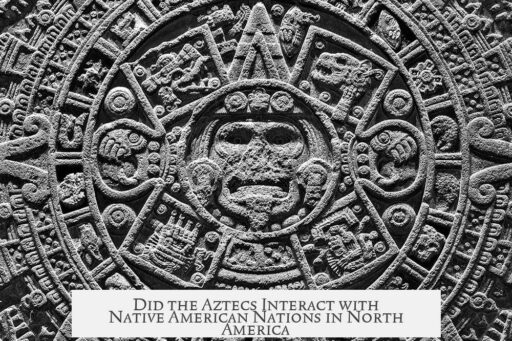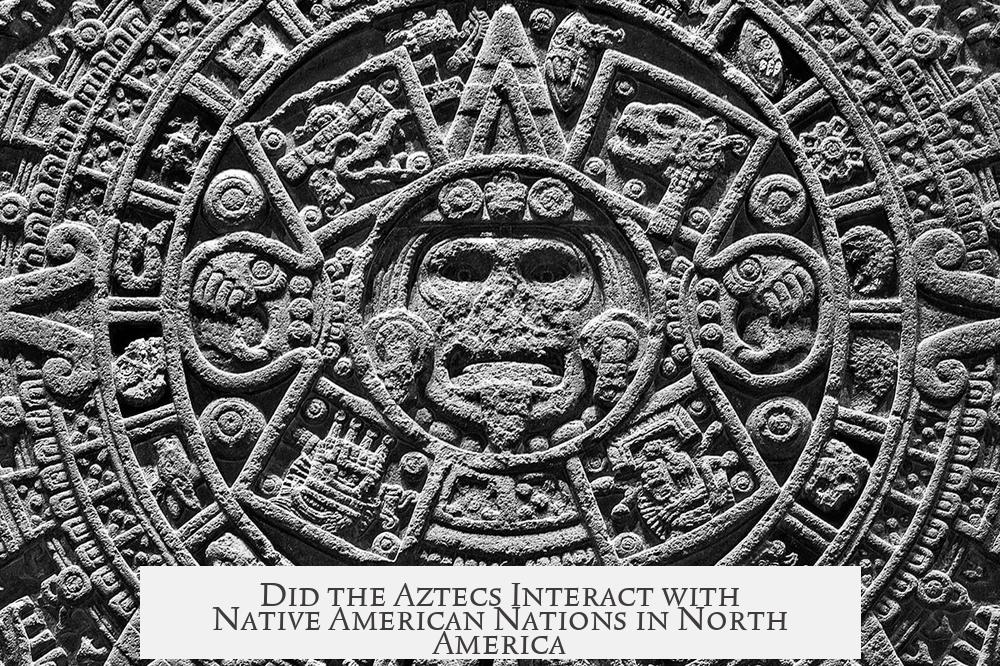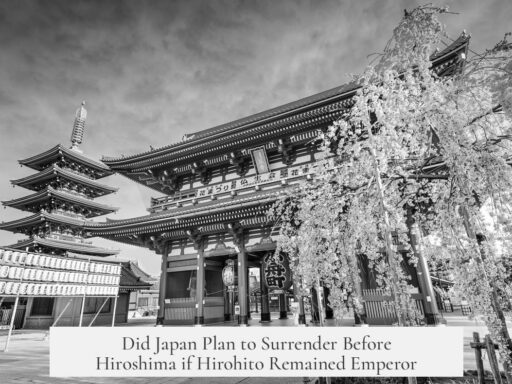The Aztecs had limited direct interactions with the Native American nations of what is now the United States but engaged in indirect trade and possibly some limited contact through northern trading corridors. While the Aztec Empire flourished in Central Mexico during the early 16th century, their northern neighbors included various semi-nomadic groups like the Chichimecas and Apaches, who lived across arid areas stretching northward. The Comanches, a distinct group today known, did not exist in Aztec times, forming much later after European contact and the introduction of horses.
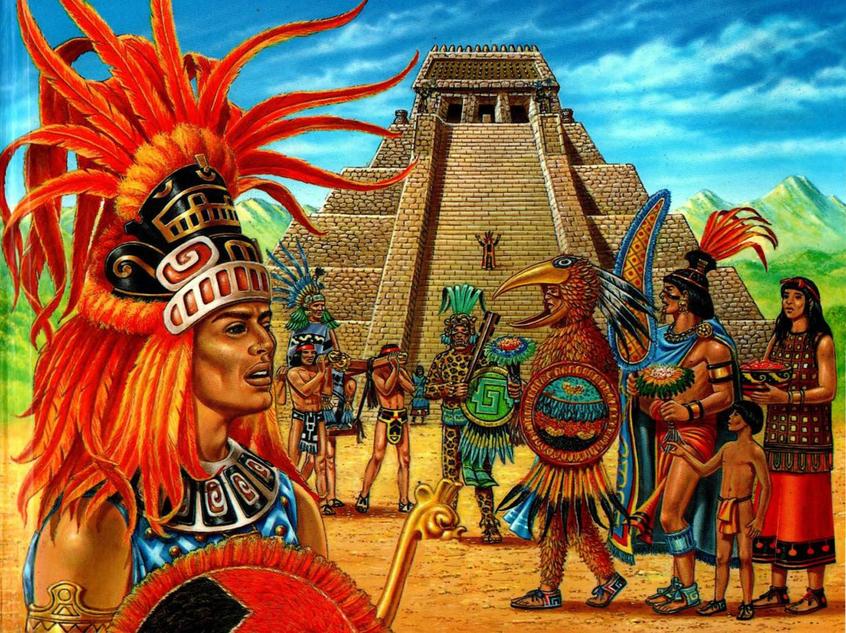
The Aztecs fought tribes known broadly as Chichimecas, who lived just north of their territory. These groups were difficult to conquer due to their nomadic lifestyle and the harsh environment. The Apaches, one of these northern tribes, were still pre-horse during the Aztec period, limiting their influence and interactions. Direct Aztec military expeditions likely did not reach far into Apache homelands because the dry area ahead had little economic value to them.
Trade evidence links the Aztecs and northern tribes indirectly. Artifacts from Mesoamerica have been found among Pueblo peoples in New Mexico, suggesting goods traveled through trading networks. Some historians propose that Aztec traders might have used the Rocky Mountain corridor, a pathway lined with sedentary and nomadic communities, to trade far north. However, this theory is based mostly on circumstantial evidence. For example, certain Pueblo rock art depicts figures wearing garments similar to Aztec clothing, indicating some cultural exchange.
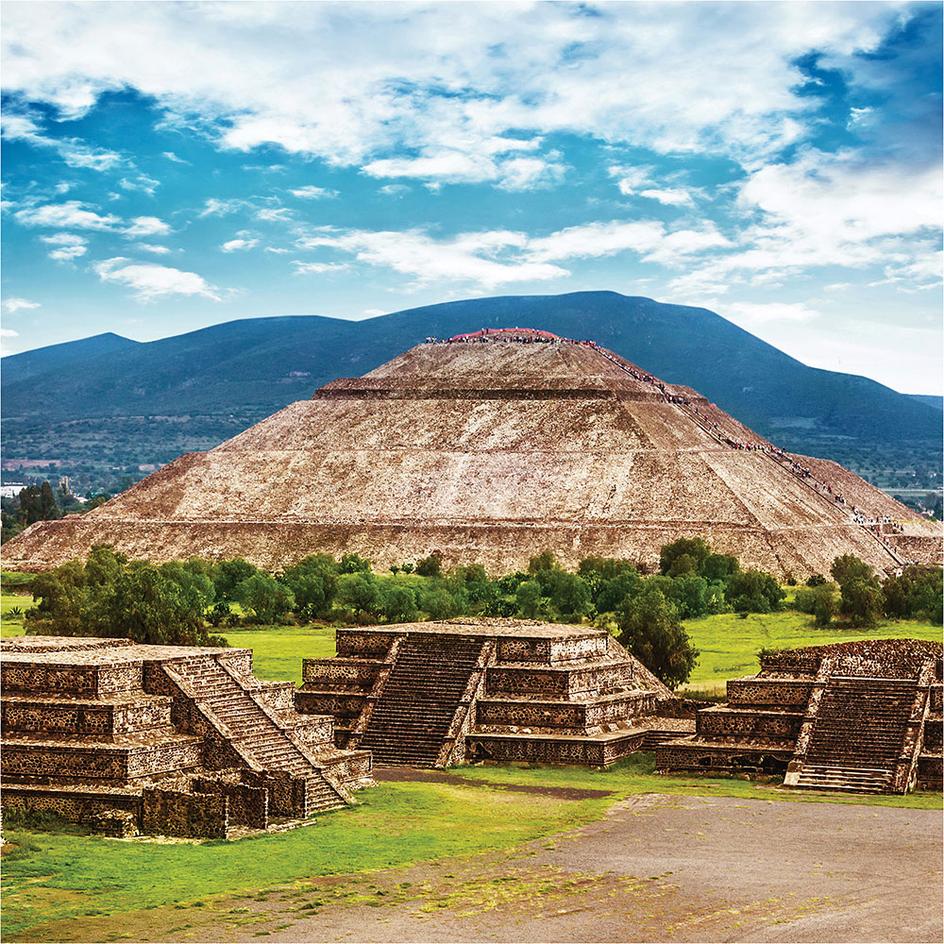
Despite these clues, no definitive proof confirms extensive direct contact between the Aztecs and northern Native American nations. Archaeological or genetic discoveries would be necessary to firmly establish such relations. If a pre-Columbian burial site revealed Mesoamerican ancestry or distinctly Aztec artifacts in a northern grave, it could provide solid evidence of these interactions.
- The Aztecs primarily interacted with semi-nomadic Chichimeca groups to their north.
- Comanches emerged post-European contact; they were not present during Aztec times.
- Indirect trade links Mesoamerica to Pueblo peoples through extended networks.
- Possible direct trade via Rocky Mountain corridor remains unproven but plausible.
- Confirmed direct Aztec contact with North American tribes is lacking and would require further evidence.
Did the Aztecs Have Any Interactions with the Native American Nations of North America?
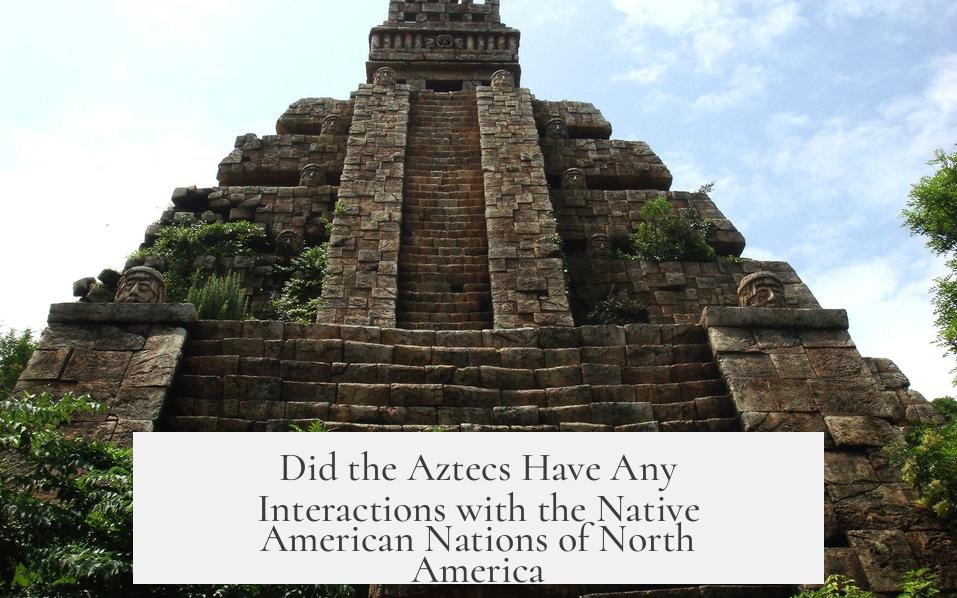
Short answer: The Aztecs had mostly indirect contacts with various Native American groups north of their empire. While direct interactions were rare and limited mainly by geography and cultural boundaries, evidence of indirect trade and possible travel along established corridors suggests a nuanced relationship between Mesoamerica and the southern regions of what is now the United States.
That’s a mouthful, right? Let’s unpack it with some fascinating history and a splash of context.
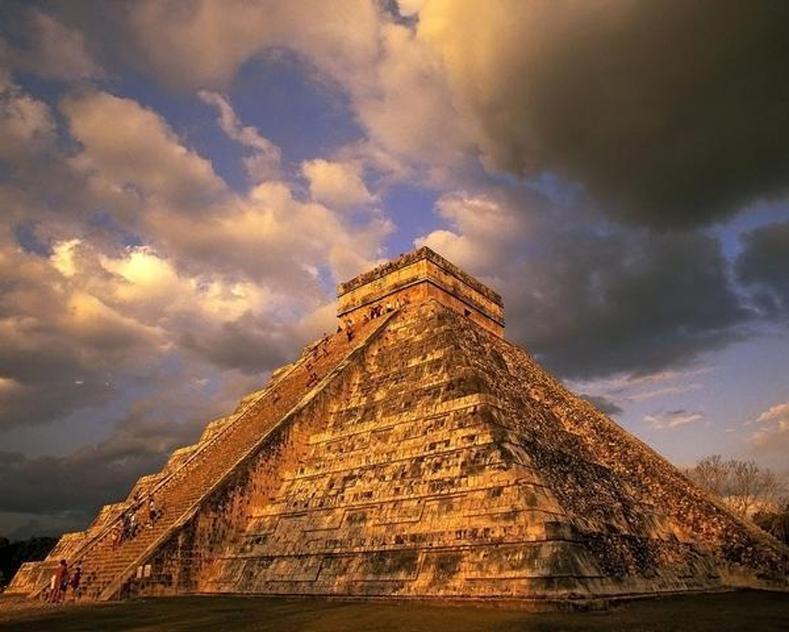
Who Were the “North” Native Americans During Aztec Times?
First, let’s clarify who lived north of the Aztecs during their reign (around 14th to early 16th centuries). You might have heard of the Comanches and Apaches, famous Plains and Southwestern tribes respectively. But the timeline throws a curveball:
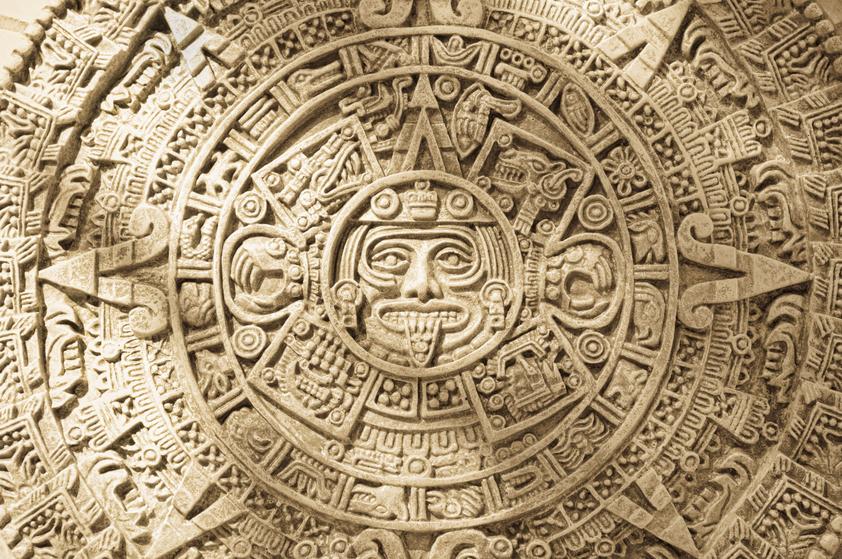
- Comanches as a distinct group didn’t exist yet. They emerged only after Europeans introduced horses. They separated from other tribes and transformed into skilled mounted warriors and traders. So, the Comanches you know were a post-Aztec phenomenon.
- Apaches
In essence, the northern frontier near the Aztec empire was populated by small, mobile groups with varying ways of life. This diversity made long-distance contact and warfare quite tricky.
Did the Aztecs Go to War with Northern Tribes?
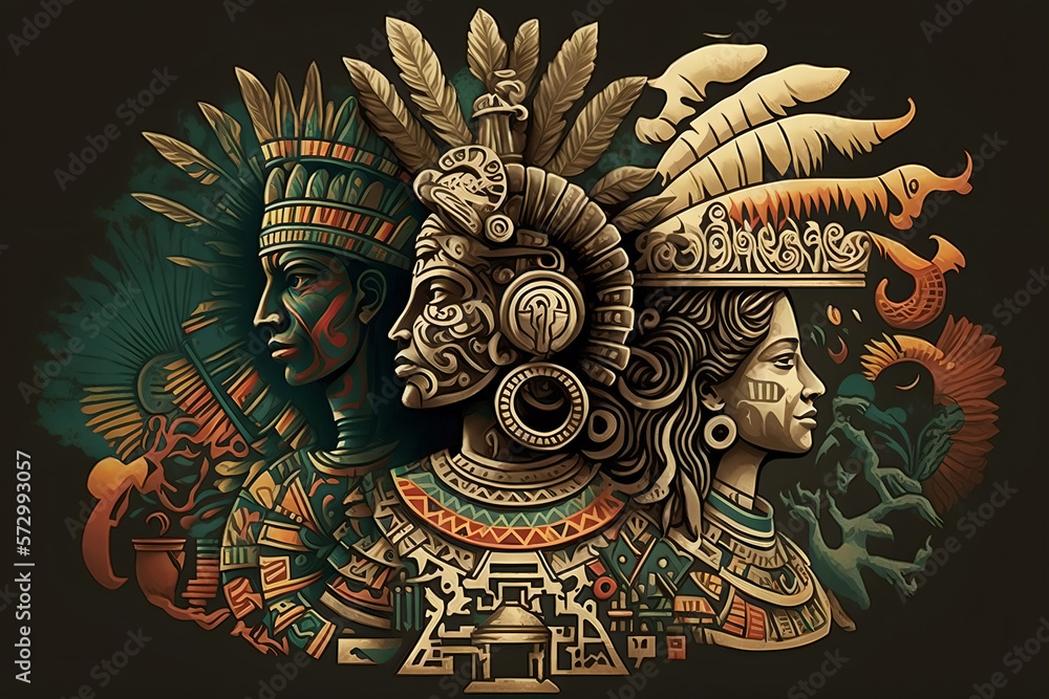
The first thought might be: surely an empire as fierce as the Aztecs waged war northwards? Well, yes and no.
The Aztecs fought the Chichimeca groups closest to their borders. These were similar to Apaches in mobility and lifestyle. They found these folks hard to pin down. Imagine chasing a fast, elusive gazelle – that’s how frustrating warfare was up north, for both Aztecs and later the Spanish.
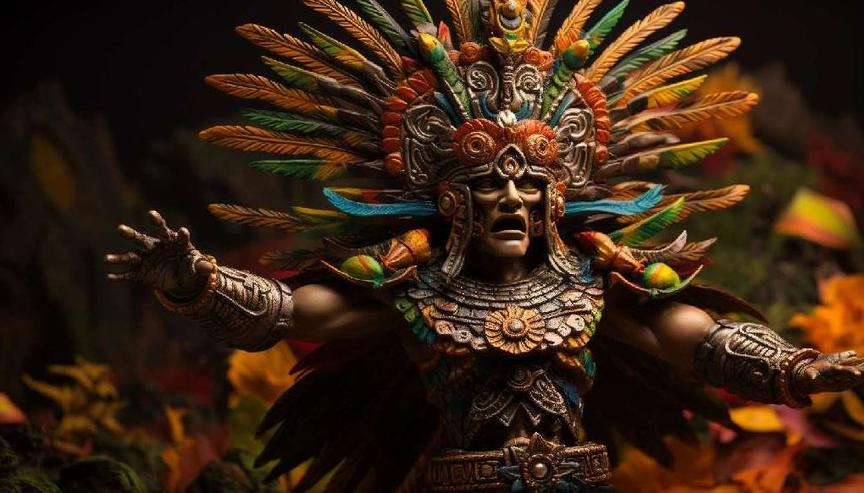
As for the Apaches, who lived even further north, there is little evidence that the Aztecs conducted campaigns that far. Traveling past hundreds of mobile tribes through dry, resource-scarce lands would have been a logistical nightmare.
So, in military terms, the Aztec empire more or less confined its expansionist efforts south and within manageable borders.
The Trade Routes: Where Cultures Might Have Met
Here’s where it gets more interesting. While direct contact might have been limited, there’s strong evidence for indirect trade between the Aztecs and native groups far to the north.
Archaeologists have found plenty of Mesoamerican goods among the Pueblo peoples in what is now New Mexico. This indicates that goods moved northward along trade networks, possibly hopping between sedentary and nomadic peoples who acted as middlemen.
Historians speculate that Aztec or other Mesoamerican traders may have ventured along the Rocky Mountain corridor — a narrow span of settled communities threading through the vast regions of semi-nomadic tribes. This corridor could have facilitated trade reaching as far as the northern Southwest.
Is There Proof? Or Just Coincidence?
We face the classic historian’s dilemma: the evidence for direct contact between Aztec traders and distant Native American nations is largely circumstantial. Let’s look at a few hints:
- Pueblo rock art and drawings depict figures wearing clothing styles reminiscent of Aztec attire.
- Cultural artifacts and goods found far from their origin points.
These clues suggest exchanges happened, but they don’t provide rock-solid proof of direct Aztec presence in northern territories.
What would seal the deal? A DNA study of an unusual pre-Columbian grave or an archaeological find showing Mesoamerican lineage in the Southwest. Unfortunately, such evidence remains elusive.
What Can We Learn from This?
This situation teaches us that ancient peoples were connected more often than we assume but in complex, indirect ways. The Aztecs weren’t isolated rulers but players in a sprawling web of cultures, even if they didn’t send legions to the northern plains.
Isn’t it fascinating to imagine Mesoamerican traders, laden with obsidian, pottery, or colorful feathers, trekking miles along the Rockies, stepping lightly where the Apaches and Chichimecas roamed?
And the Aztecs, famed for their urban splendor in Tenochtitlan, might have known about these distant groups through stories, goods, and whispers on the wind.
Practical Takeaway for History Buffs
If you’re keen on tracking cross-continental interactions, look beyond warfare and conquests. Trade networks, cultural borrowings, and migration patterns often tell richer stories than battles do.
Next time you see a Pueblo pot or an Aztec feathered headdress replica, think about the long journey those ideas and items took. Maybe a tip from a Chichimeca nomad here, a market trade there — history is stitched together in those small steps.
In Conclusion
The Aztecs had limited direct interactions with Native American nations north of their realm, largely due to geography and the nature of northern tribes. However, indirect trade and cultural exchange bridged the gap, revealing a subtle and intricate connection across North America before European contact.
So no, the Aztecs didn’t ride horses alongside Comanches — they hadn’t even appeared yet! But they did trade, influence, and perhaps meet with the ancestors of today’s northern Native peoples, threading a thin but enduring line of connection.
History is rarely black and white. It’s a million shades of traded goods, shared stories, and distant greetings carried on trade winds.
